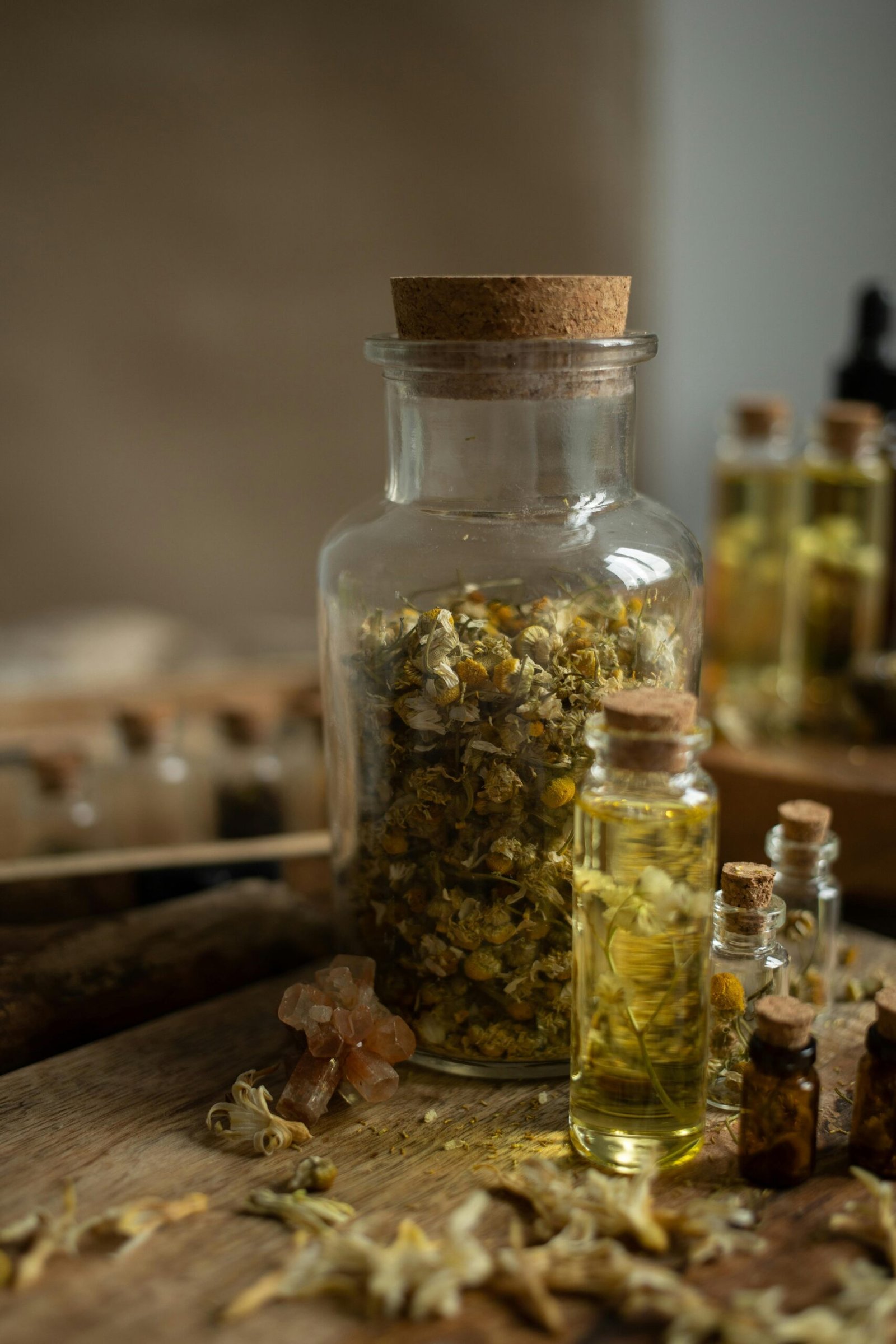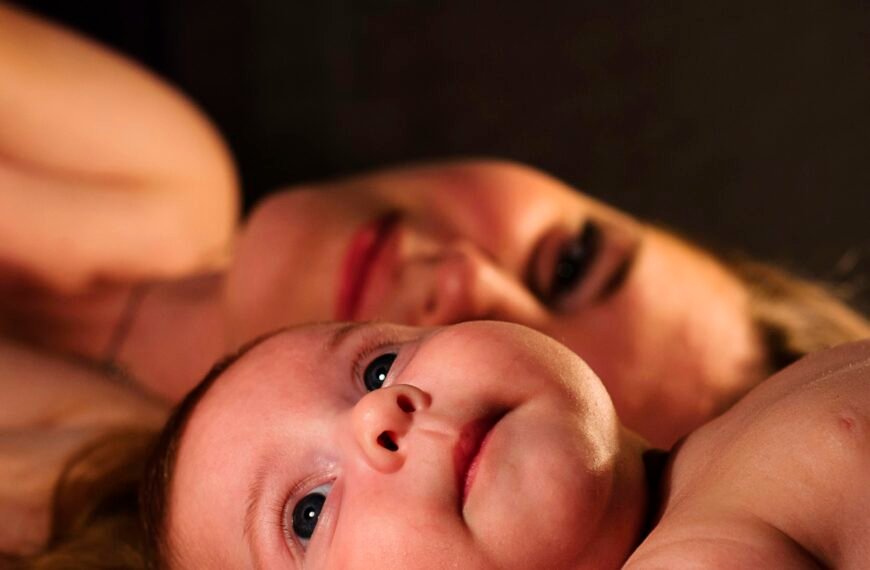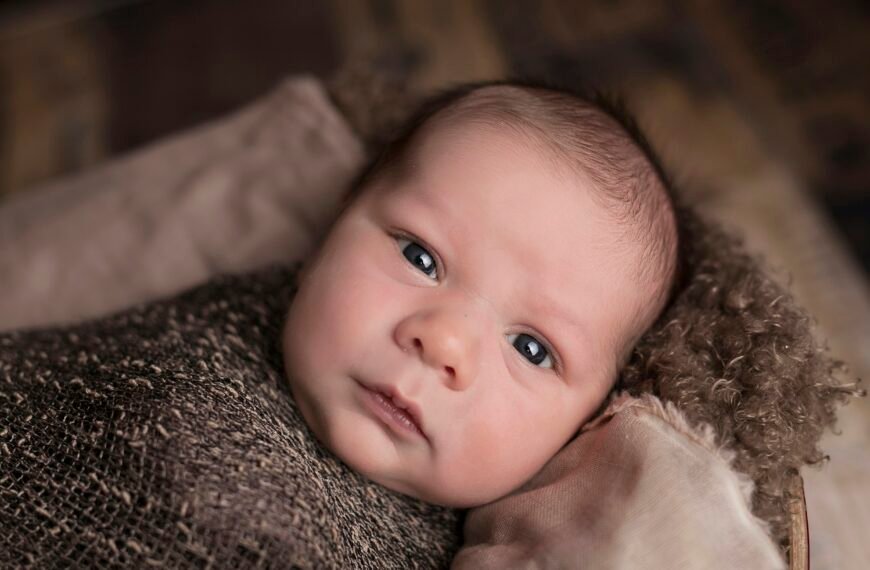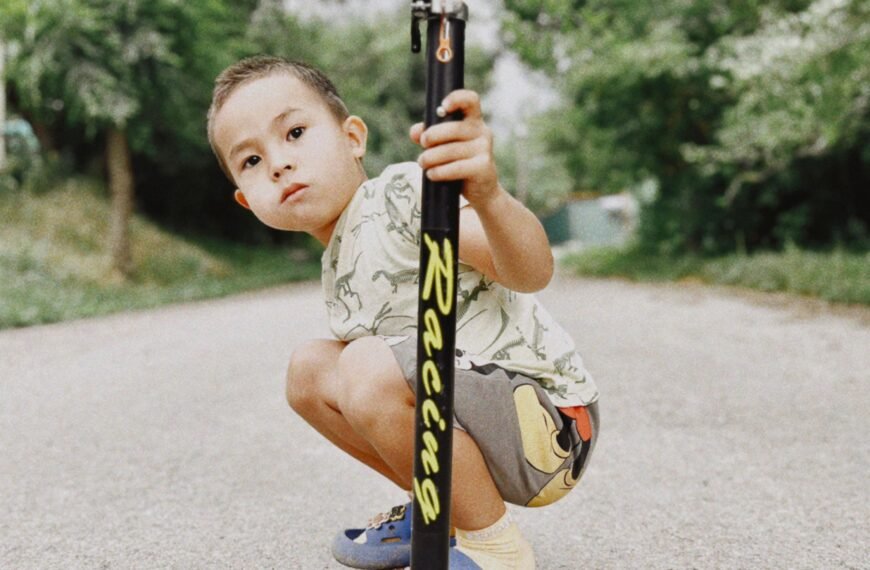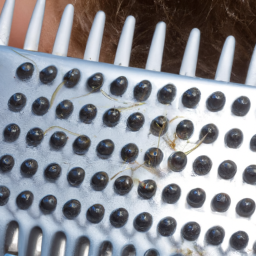Keeping your baby’s toys clean is essential for their health and safety. When it comes to cleaning wood toys, you want to ensure you’re using the right methods to maintain their quality and durability. In this article, we will guide you through simple and effective ways to clean wood toys for your baby, helping you create a clean and hygienic environment for your little one to play and explore. From homemade solutions to natural cleaning agents, we’ve got you covered, so let’s get started on keeping those wood toys sparkly clean for your bundle of joy.
Check Baby Toys Guide & Review
Understanding the Importance of Cleaning Wood Toys
Wooden toys are a popular choice for babies and young children due to their durability, aesthetic appeal, and the fact that they are often made from natural materials. However, just like any other toy, wood toys can harbor dirt, bacteria, and even mold if not properly cleaned and maintained. That’s why understanding the importance of cleaning wood toys is crucial for ensuring your baby’s health and safety during playtime.
Why Cleaning Wood Toys is Necessary
Cleaning wood toys is necessary to keep them in good condition and prevent the buildup of dirt, dust, and grime. Babies are naturally curious and tend to put everything in their mouths, including their toys. By cleaning wood toys regularly, you can minimize the risk of your baby ingesting harmful bacteria or other substances that may have accumulated on the surface of the toys.
Potential Risks of Dirty Wood Toys
Dirty wood toys can pose various risks to your baby’s health. When toys are not cleaned, bacteria and germs can thrive, increasing the potential for illnesses, such as infections or gastrointestinal issues. Additionally, mold can grow on moist wood, which can result in respiratory problems if your baby inhales mold spores. Regularly cleaning wood toys can help prevent these risks and create a healthier play environment for your little one.
Benefits of Clean Wood Toys for Babies
Clean wood toys offer a range of benefits for babies. Firstly, clean toys are less likely to harbor bacteria or allergens that may trigger allergic reactions or respiratory issues in your baby. Furthermore, by keeping wood toys clean, you can help prolong their lifespan, allowing your child to continue enjoying them for years to come. Lastly, clean toys provide a visual and tactile appeal, creating a more enjoyable playtime experience for your baby.
General Cleaning Tips
Before diving into the specific cleaning methods for wood toys, it’s important to follow these general cleaning tips to ensure effective and safe cleaning:
Inspect for Any Loose or Damaged Parts
Before cleaning, always inspect wood toys for any loose or damaged parts. If you find any, fix or replace them accordingly to ensure the toy is safe for your baby to use.
Check Manufacturer’s Cleaning Instructions
Some wood toys may come with specific cleaning instructions provided by the manufacturer. It’s essential to read and follow these instructions to avoid damaging the toys during the cleaning process.
Prepare a Cleaning Solution
To clean wood toys, you’ll need a suitable cleaning solution. In general, mild dish soap diluted in water is an excellent option for everyday cleaning. However, for tougher stains or disinfection, you may need alternative solutions such as vinegar and water, lemon juice and water mixture, or baking soda paste.
Wipe the Toys with a Clean Cloth
To clean wood toys, dampen a clean cloth with your chosen cleaning solution and wipe the toys thoroughly. Ensure that you cover all surfaces, including the crevices and hard-to-reach areas.
Pay Attention to Crevices and Hard-to-Reach Areas
Crevices and hard-to-reach areas in wood toys can accumulate dirt and bacteria over time. Use a soft-bristle brush or cotton swab dipped in your cleaning solution to reach these areas and remove any grime or debris.
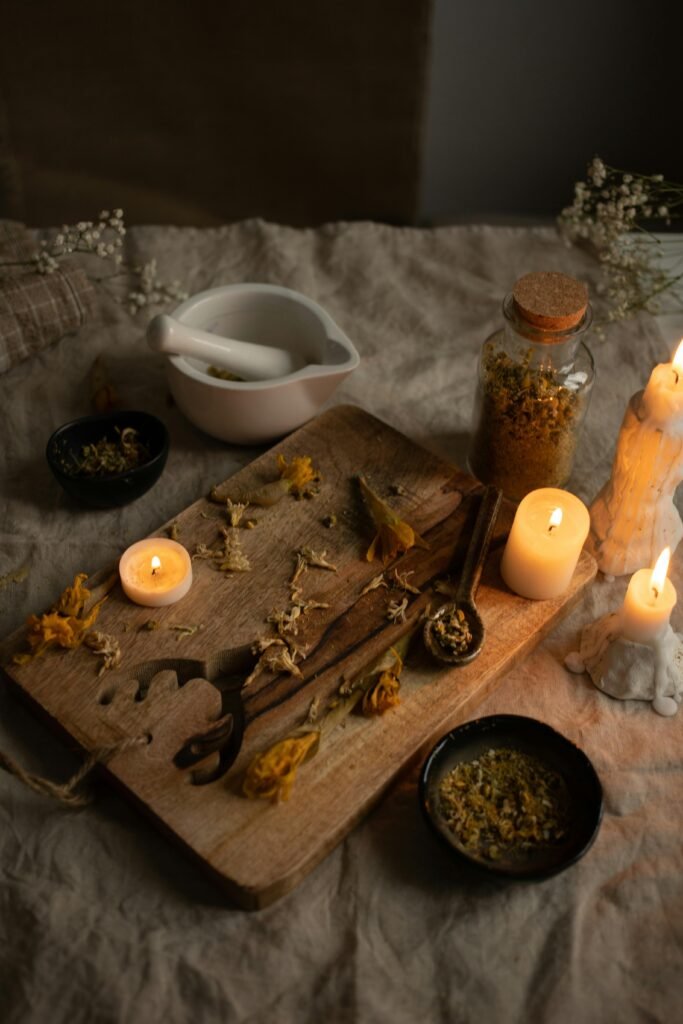
Cleaning Wood Toys with Non-Toxic Solutions
When it comes to cleaning wood toys, using non-toxic solutions is essential to ensure the safety of your baby. Here are some effective and safe cleaning solutions you can use:
Use Mild Dish Soap and Water
A mild dish soap diluted in warm water is a gentle yet effective solution for everyday cleaning of wood toys. Mix a few drops of dish soap with warm water, dampen a cloth or sponge with the solution, and wipe the toys clean. Rinse the toys with clean water and dry them thoroughly afterward.
Create a Vinegar and Water Solution
Another non-toxic cleaning solution for wood toys is a mixture of vinegar and water. Mix equal parts of distilled white vinegar and water in a spray bottle, and spray the solution onto a cloth or directly onto the toy. Wipe the toy clean, rinse with water, and dry thoroughly.
Try a Mixture of Lemon Juice and Water
Lemon juice is a natural disinfectant and can help remove stains from wood toys. Mix equal parts of lemon juice and water, dampen a cloth with the solution, and wipe the toys clean. Rinse the toys with clean water and dry them thoroughly.
Consider Using a Baking Soda Paste
Baking soda is another natural cleaning agent that can be used to clean wood toys. Mix baking soda with a small amount of water to create a paste. Apply the paste to a cloth or soft brush and scrub the toys gently. Rinse with water and dry thoroughly.
Avoid Harsh Chemicals and Bleach
When cleaning wood toys, it’s important to avoid using harsh chemicals or bleach as they can damage the wooden surface and pose harm to your baby. Stick to non-toxic cleaning solutions to ensure the safety of your little one.
Disinfecting Wood Toys
In addition to regular cleaning, disinfecting wood toys is especially important in certain situations, such as when your baby has been sick or when the toys have been exposed to potentially contaminated surfaces. Here are some methods to effectively disinfect wood toys:
Isolate Potentially Contaminated Toys
If a wood toy has come into contact with a sick person or a contaminated surface, it’s crucial to isolate the toy from other toys to prevent the spread of germs. Place the toy in a separate area or bin until it can be properly disinfected.
Use Disinfectant Wipes for Quick Cleaning
If you need to quickly clean and disinfect wood toys, disinfectant wipes can be a convenient option. Look for alcohol-based wipes that have been approved for use on toys. Wipe the toys thoroughly with the disinfectant wipes, focusing on all surfaces.
Consider Using a Homemade Disinfectant Spray
You can also create your own homemade disinfectant spray using non-toxic ingredients. Combine equal parts of water and distilled white vinegar in a spray bottle, and add a few drops of tea tree oil for extra disinfecting properties. Shake well and spray the solution onto the wood toys. Wipe clean and allow them to air dry.
Sunlight as a Natural Disinfectant
For wood toys that are not suitable for moisture, such as those with intricate detailing or delicate paintwork, sunlight can act as a natural disinfectant. Place the toys in direct sunlight for a few hours, ensuring that all sides are exposed to the sunlight. The UV rays will help kill bacteria and germs naturally.
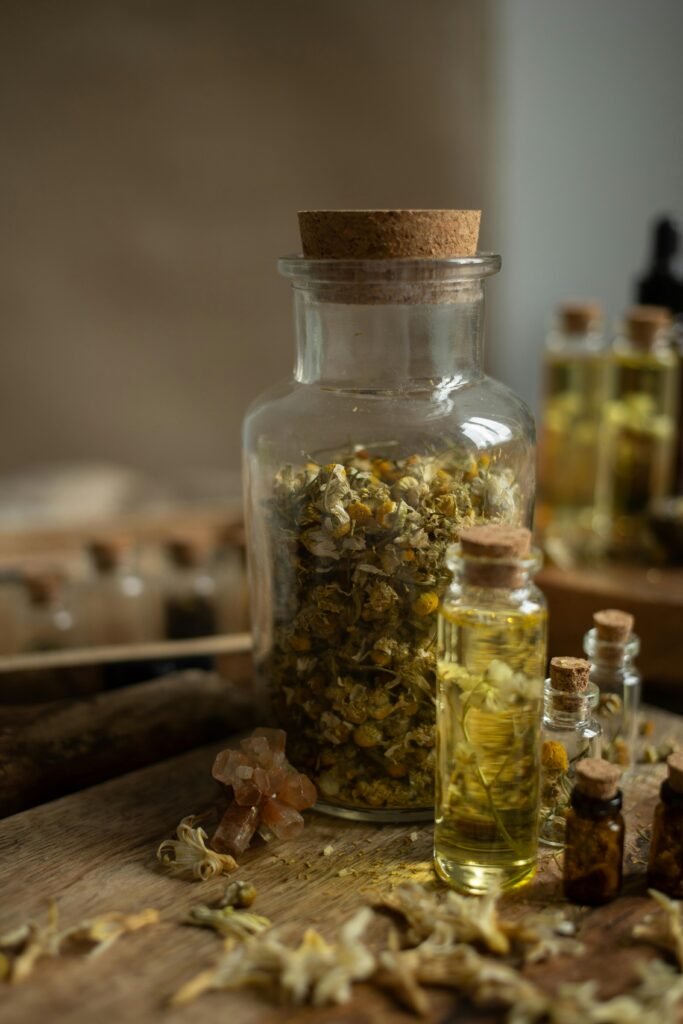
Drying and Storing Wood Toys
Proper drying and storage of wood toys are essential to prevent moisture buildup and maintain their quality. Follow these tips to ensure your wood toys stay in great condition:
Dry the Toys Thoroughly
After cleaning and disinfecting wood toys, make sure to dry them thoroughly before storing. Use a clean towel or allow the toys to air dry completely. Moisture trapped in the wood can lead to mold growth or warping.
Avoid Air-Drying in Direct Sunlight
While sunlight can help disinfect wood toys, it’s important to avoid air-drying them in direct sunlight for extended periods. Prolonged exposure to sunlight can cause the wood to fade or become brittle over time. Opt for a shaded area or an indoor drying rack instead.
Prevent Moisture and Mold Growth
To prevent moisture and mold growth, store wood toys in a dry area with good ventilation. Avoid storing them in areas prone to high humidity, such as basements or bathrooms. Additionally, periodically check the toys for any signs of mold or mildew and address the issue promptly if detected.
Choose Appropriate Storage Options
When it comes to storing wood toys, it’s important to choose appropriate storage options. Avoid stacking or cramming them together, as this can cause damage to the toys or create conditions for moisture buildup. Use open containers or bins to allow proper air circulation and keep similar toys together to ease organization.
Special Care for Painted Wood Toys
If your wood toys are painted, they require special care to preserve the paintwork while ensuring proper cleaning. Follow these tips to maintain the appearance and safety of painted wood toys:
Check if the Paint is Safe for Babies
Before cleaning painted wood toys, ensure that the paint used is non-toxic and safe for babies. Look for toy paint that is labeled as “BPA-free” or “lead-free” to avoid any potential health risks.
Do Not Submerge Painted Toys in Water
To clean painted wood toys, avoid submerging them in water as it can cause the paint to peel or fade. Instead, use a damp cloth or sponge to wipe away any dirt or grime gently.
Clean Painted Surfaces Gently
When cleaning painted wood toys, be gentle to avoid damaging the paintwork. Use a soft cloth or sponge and a mild cleaning solution to gently wipe the painted surfaces. Pat dry with a clean cloth to prevent moisture from seeping into the wood.
Consider Using a Toothbrush for Detailed Areas
Painted wood toys often have intricate detailing or hard-to-reach areas. To clean these areas effectively, consider using a soft-bristle toothbrush or a cotton swab dipped in your cleaning solution. Gently scrub the detailed areas to remove any dirt or debris.

Cleaning Wooden Teething Toys
Teething toys require special attention as babies often put them in their mouths for relief from teething discomfort. Here’s how to safely clean wooden teething toys:
Avoid Soaking Teething Toys in Water
Wooden teething toys are often made from untreated wood or have a natural finish. To preserve the integrity of the wood and prevent warping or cracking, avoid soaking them in water. Instead, opt for surface cleaning methods.
Use a Damp Cloth for Basic Cleaning
For everyday cleaning of wooden teething toys, a damp cloth is usually sufficient. Simply dampen a cloth with warm water and wipe the toy clean, paying extra attention to any areas that have been in contact with your baby’s saliva.
Consider Freeze-Cleaning for Soothing Relief
To provide soothing relief to your teething baby while cleaning the toy, consider freeze-cleaning. Place the wooden teething toy in a clean, sealed bag and freeze it for a few hours. The chilled toy can provide relief to sore gums while simultaneously cleaning off any bacteria.
Inspect the Teething Toy Regularly
Regularly inspect wooden teething toys for any signs of damage or wear and tear. Check for loose or splintered parts, and replace the toy if necessary. The safety of your baby is paramount, and ensuring the teething toy is in good condition is crucial for their well-being.
Dealing with Sticky Residue or Stains
Wood toys may occasionally encounter sticky residue from food, drinks, or other substances. Here’s how to effectively remove sticky residue or stubborn stains from wood toys:
Remove Sticky Substances with Oil
To remove sticky residue from wood toys, apply a small amount of oil, such as coconut oil or olive oil, to a cloth or paper towel. Gently rub the sticky area, and the oil should help dissolve the residue. Wipe the toy clean with a damp cloth afterward.
Try Using Baking Soda or Vinegar for Stubborn Stains
For stubborn stains on wood toys, baking soda or vinegar can be effective cleaning agents. Create a paste using baking soda and water, or use a cloth soaked in vinegar to gently rub the stained area. Rinse the toy with water and dry it thoroughly.
Avoid Abrasive Scrubbing
When dealing with sticky residue or stains on wood toys, it’s important to avoid abrasive scrubbing. Rough scrubbing can damage the wood or remove any protective finishes, affecting the toy’s appearance and longevity. Always opt for gentle cleaning methods and test on a small, inconspicuous area first.
Cleaning Wood Toys with Natural Disinfectants
In addition to the previously mentioned natural cleaning solutions, certain natural disinfectants can be beneficial for cleaning wood toys. Here are some natural disinfectants you can use:
Tea Tree Oil as a Natural Disinfectant
Tea tree oil is known for its antibacterial and antifungal properties, making it a great natural disinfectant for wood toys. Create a solution by combining a few drops of tea tree oil with warm water, and wipe the toys clean using a cloth soaked in the solution.
Distilled White Vinegar for Cleaning and Disinfecting
Distilled white vinegar is a versatile natural cleaning solution that can effectively clean and disinfect wood toys. Mix equal parts of vinegar and water, and use a cloth or sponge dampened with the solution to clean the toys. Rinse with clean water and dry thoroughly.
Hydrogen Peroxide for Stubborn Stains
Hydrogen peroxide is another natural disinfectant that can be used to remove stubborn stains from wood toys. Apply a small amount of hydrogen peroxide to a cloth or sponge, and gently rub the stained area. Rinse the toy with water and dry it thoroughly afterward.
Essential Oils for a Pleasant Scent
If you wish to give your wood toys a pleasant scent, you can add a few drops of essential oils, such as lavender or lemon, to your cleaning solution. Mix the essential oil with water or vinegar, and use the solution to wipe the toys clean. However, exercise caution when using essential oils, as some may not be safe for babies or young children.
When to Replace Wood Toys
As much as we want wood toys to last a long time, there may come a point when it’s necessary to replace them. Here are some signs indicating when it’s time to replace wood toys:
Signs of Excessive Wear and Tear
If a wood toy shows significant signs of wear and tear, such as splintered wood, cracks, or loose joints, it’s time to replace it. Damaged toys can pose a safety hazard to your baby and should no longer be used.
Damage That Can’t Be Repaired
In some cases, wood toys may sustain damage that cannot be repaired. If you’ve attempted to fix a damaged toy but find that it is beyond repair, it’s best to replace it rather than risk your baby’s safety.
Safety Concerns with Small Parts
Wood toys that contain small parts that can break off or pose a choking hazard should be replaced if those parts cannot be repaired or replaced. Ensure that the toys you provide your baby are age-appropriate and free from any small parts that could potentially be swallowed.
In conclusion, cleaning wood toys is essential for maintaining their condition, preventing the spread of bacteria and contaminants, and ensuring your baby’s health and safety during playtime. By following the general cleaning tips, using non-toxic solutions, disinfecting when necessary, and practicing proper drying and storage, you can keep your wood toys clean and safe for your little one. Remember to pay special attention to painted toys, wooden teething toys, and how to deal with sticky residue or stains. Additionally, consider using natural disinfectants to clean wood toys and know when it’s time to replace them. With regular cleaning and care, your baby can enjoy their wood toys in a clean and safe environment.

